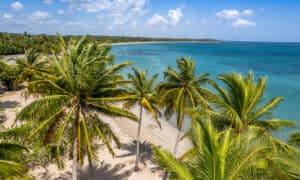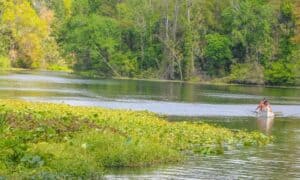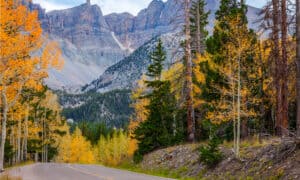Idaho has a rich history showcased through preserved sites and landmarks. There are preserved fossil beds, segments of national trails, and endless opportunities for outdoor adventure. Nine national parks in the state provide protected habitats for many wildlife species, including bison and wild horses.
According to The George Wright Forum, Americans have a strong affinity for national parks, with millions of visitors each year. While international visits don’t account for as much, there are current efforts to change that.
1. City of Rocks National Reserve
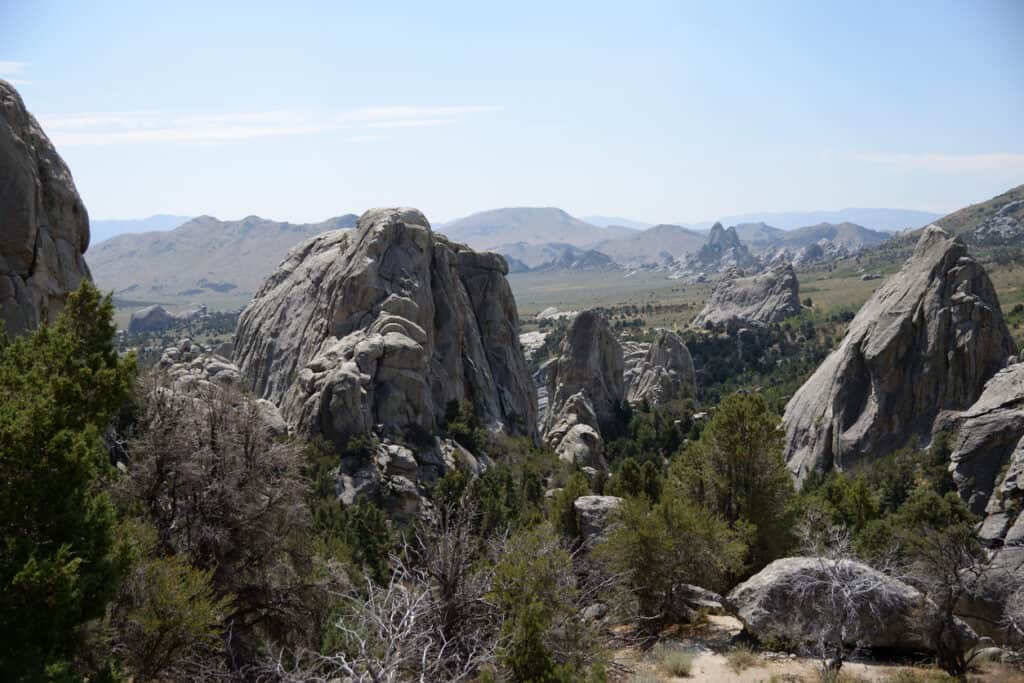
City of Rocks National Reserve covers 14,407 acres of land.
©iStock.com/jzalopa
| City of Rocks National Reserve | |
|---|---|
| Size | 14,407 acres |
| Animal to see | Moose |
| Attraction to see | Shoshone Falls |
The City of Rocks preserve in Alamo, Idaho, is one of the most popular outdoor attractions in the state. It’s named for the formation of the rocks, which appear like the tall spires of a city. It’s a great way to glimpse into the Old West, as the scenic area has been relatively untouched since early settlers passed through. Hunters, hikers, campers, and rock climbers flock to the national park worldwide to get a taste of adventure. Animals that have been documented within the City of Rocks include bobcats, moose, elk, and snakes.
2. Craters of the Moon National Monument and Preserve
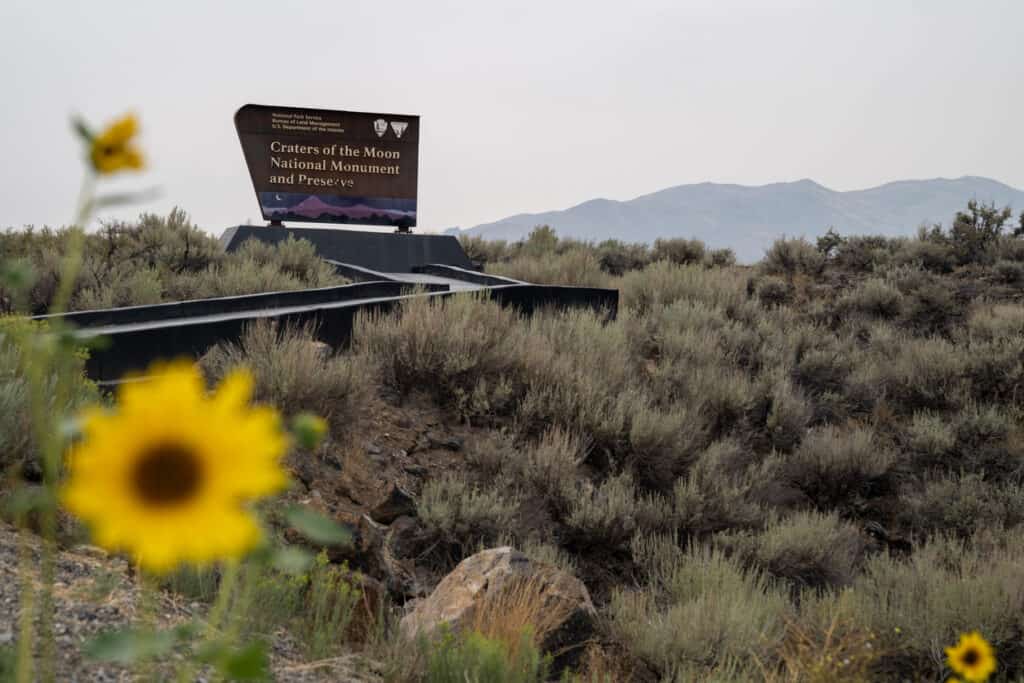
Craters of the Moon National Monument and Preserve showcases a scenic landscape of sagebrush and lava.
©iStock.com/Melissa Kopka
| Craters of the Moon National Monument and Preserve | |
|---|---|
| Size | 753,000 acres |
| Animal to see | Mountain lions |
| Attraction to see | Inferno Cone |
Craters of the Moon National Monument and Preserve is open all year long and showcases a scenic landscape of sagebrush and lava. A 7-mile loop provides an easy way to experience the wildness of this natural preserve. It was named for the unique landscape that resembles the moon’s surface. It features miles of hiking trails and caves to explore. The park is roughly the size of Rhode Island, with around 753,000 acres. It stretches from the town of Arco, Idaho, to Carey, Idaho. The inferno cone offers hikers views of the entire preserve. Many nocturnal animals live in this national park, including bats, owls, and mountain lions.
3. Hagerman Fossil Beds National Monument
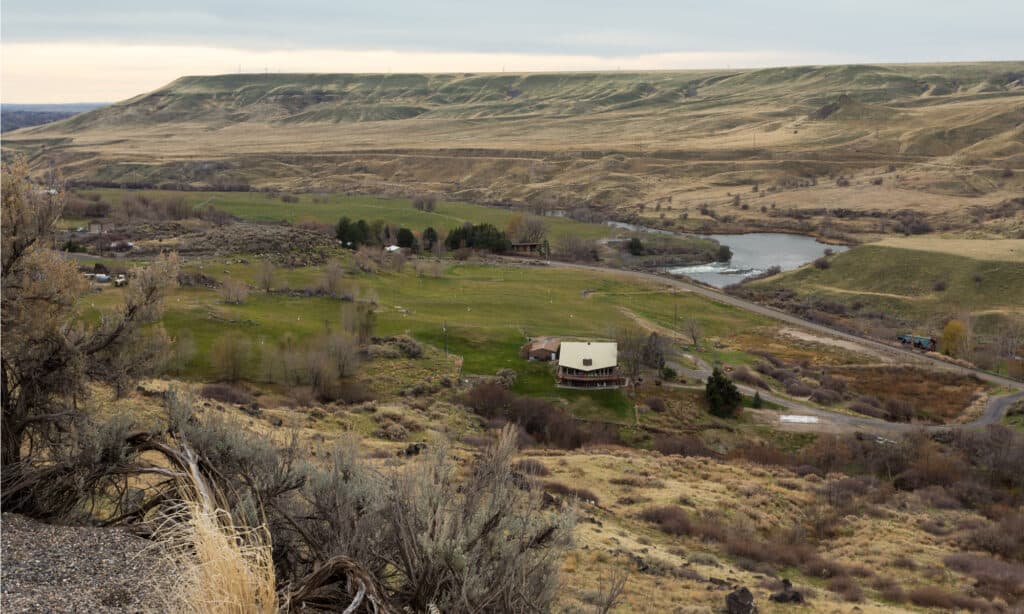
Hagerman Fossil Beds National Monument was once home to now-extinct animals like the ground sloth, saber-toothed cat, and mastodon.
©Victoria Ditkovsky/Shutterstock.com
| Hagerman Fossil Beds National Monument | |
|---|---|
| Size | 4,351 acres |
| Animal to see | Beavers |
| Attraction to see | Hagerman Valley Historical Society Museum |
For thousands of years, the Hagerman Fossil Beds in Hagerman, Idaho, have offered habitats for a vast range of wildlife. The area was once home to now-extinct animals like the ground sloth, saber-toothed cat, and mastodon. Today, beavers, horses, birds, and more can be found in the wetlands and grasslands of Hagerman. The site preserves a major area of Pliocene-aged fossils, which are three to four million years old. Fossils are showcasing more than 140 animal and plant species.
4. Lewis and Clark National Historic Trail
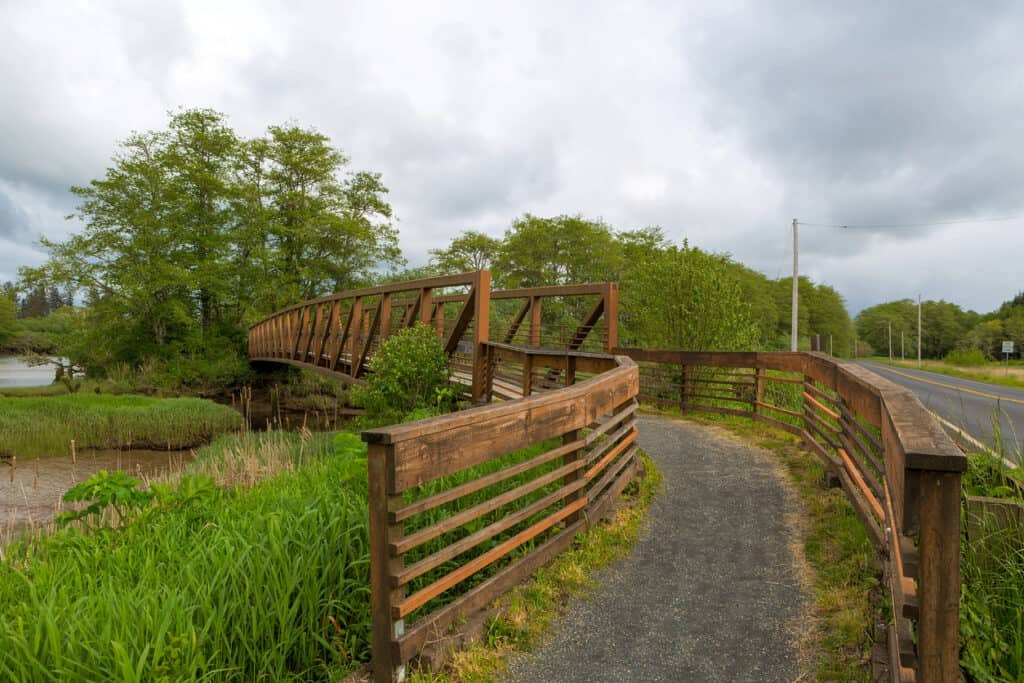
Lewis and Clark National Historic Trail runs for nearly five thousand miles and cuts through sixteen states.
©iStock.com/thyegn
| Lewis and Clark National Historic Trail | |
|---|---|
| Size | 4,900 miles |
| Animal to see | Salmon |
| Attraction to see | Salmon River |
The Lewis and Clark National Historic Trail runs for nearly five thousand miles and cuts through sixteen states. This includes Idaho, as well as Oregon, Pennsylvania, and Illinois. The trail follows the route of the historic Lewis and Clark Expedition, including areas used for preparation. Part of the Idaho section runs near Salmon, Idaho. The town is assumed to be the birthplace of Sacagawea and is known for the dangerous Salmon River. During the expedition, Clark nicknamed the Salmon River “The River of No Return.”
5. Minidoka National Historic Site
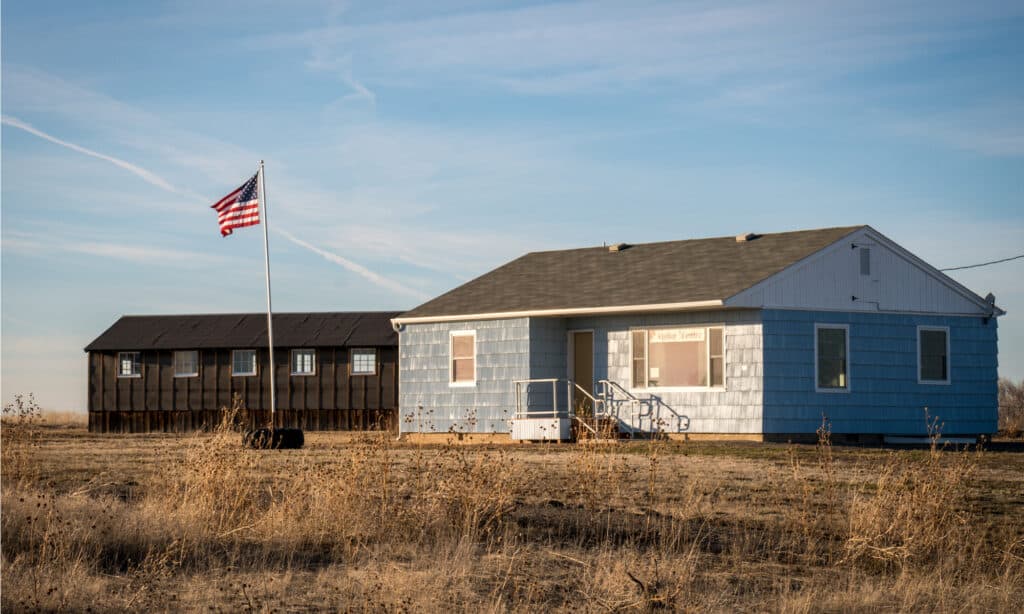
The original Minidoka prison camp was centered around 950 acres.
©Zack Frank/Shutterstock.com
| Minidoka National Historic Site | |
|---|---|
| Size | 210 acres |
| Animal to see | Gopher snake |
| Attraction to see | Bainbridge Island Memorial |
The Minidoka National Historic Site is in parts of Idaho and Washington. It’s the site where more than 13,000 people of Japanese ancestry were moved after the Pearl Harbor attack. It was one of ten prison camps established after President Roosevelt passed Executive Order 9065. More than 120,000 Japanese-Americans across the country were forced to relocate. The site is over 70 acres and was established as the Minidoka Internment National Monument in 2001. The original Minidoka prison camp was centered around 950 acres.
6. Yellowstone National Park

Yellowstone National Park covers 2.2 million acres in Idaho, Montana, and Wyoming.
©Lillac/Shutterstock.com
| Yellowstone National Park | |
|---|---|
| Size | 2.2 million acres |
| Animal to see | Bison |
| Attraction to see | Yellowstone Bear World |
Yellowstone became the first national park in 1872. It covers 2.2 million acres in Idaho, Montana, and Wyoming. There are geothermal areas in Yellowstone that hold around half of all the active geysers in the world. Visitors can find a range of large mammals such as bison, moose, elk, coyotes, black bears, and lynxes. There are also 300 species of birds and 16 species of fish found in Yellowstone. The park has been protecting natural habitats and wildlife for 150 years.
7. Nez Perce National Historical Park
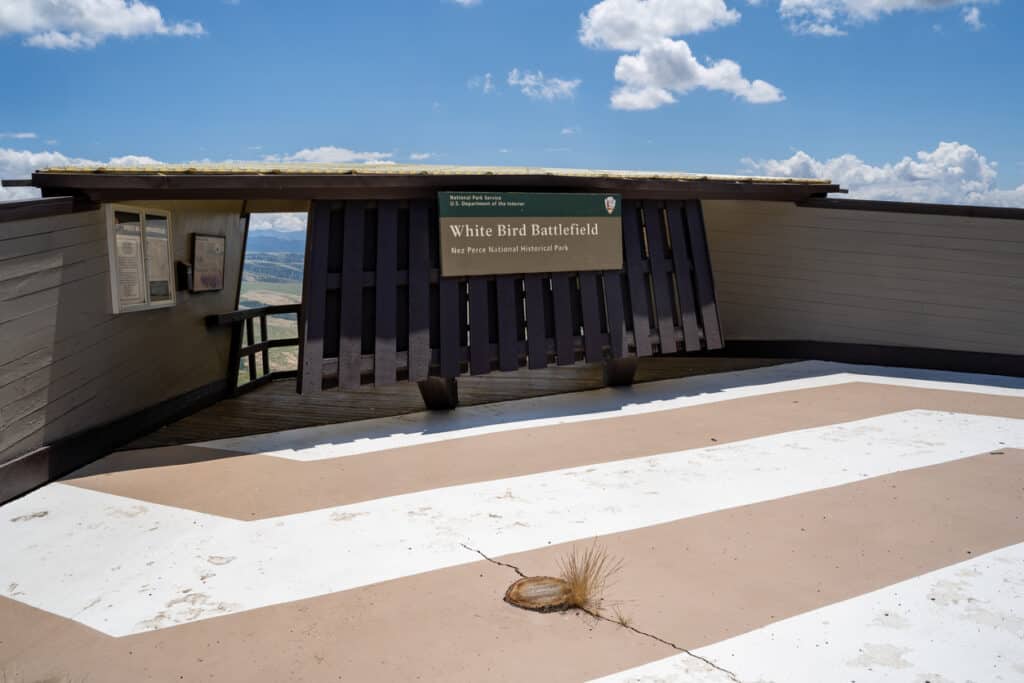
Nez Perce National Historical Park covers mountains, valleys, plateaus, and prairies that have long been home to the Nez Perce people.
©iStock.com/Melissa Kopka
| Nez Perce National Historical Park | |
|---|---|
| Size | 4,561 acres |
| Animal to see | Grey wolf |
| Attraction to see | Heart of the Monster |
The Nez Perce National Park spans four states; Idaho, Oregon, Washington, and Montana. It covers mountains, valleys, plateaus, and prairies that have long been home to the Nez Perce people. The National Park is full of significant landmarks for the Nez Perce, and an online museum showcases collection pieces. While the park covers over four thousand acres of land, the original Nez Perce territory once spanned around 17 million acres. The landmark Heart of the Monster sits at the center of multiple hiking trails. Deer, foxes, grey wolves, and more call this region home.
8. California Trail
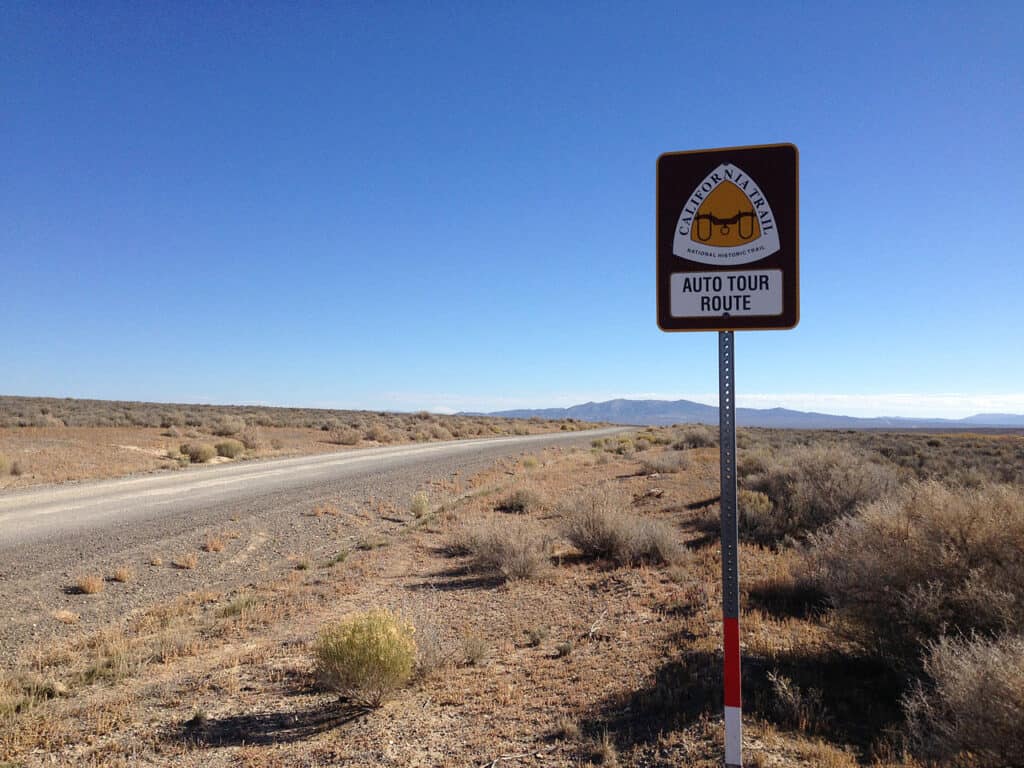
The California Trail that runs through Idaho is part of the original route that settlers traveled during the Gold Rush.
©Famartin / Creative Commons – License
| California Trail | |
|---|---|
| Size | 1,600 miles |
| Animal to see | Mountain Goats |
| Attraction to see | Clover Creek Encampment |
The California Trail that runs through Idaho is part of the original route that settlers traveled during the Gold Rush. The mass migration of the 1840s and 1850s saw over 250,000 emigrants move thousands of miles through ten states. In addition to Idaho, the California trail cuts through Nevada, Colorado, and Utah. The nearby Montpelier, Idaho, lets visitors step back into the 1850s, during the height of the Gold Rush. There are live actors, interactive exhibits, and covered wagon rides. Visitors can glimpse animals that have been in the region since the Mass Migration, bison, mountain goats, and moose.
9. Oregon Trail
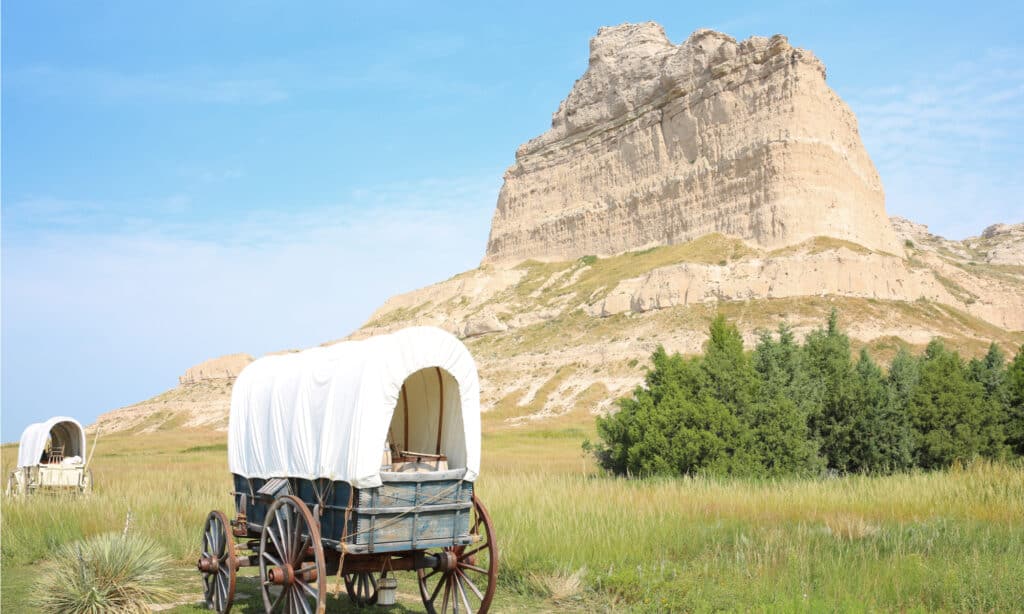
The Oregon Trail cuts through six states; Idaho, Oregon, Missouri, Kansas, Washington, and Wyoming.
©Traveller70/Shutterstock.com
| Oregon Trail | |
|---|---|
| Size | 2,170 miles |
| Animal to see | Prairie dog |
| Attraction to see | Big Hill |
The Oregon Trail was another route early settlers used when emigrating. This historical trail cuts through six states; Idaho, Oregon, Missouri, Kansas, Washington, and Wyoming. The over 2,000-mile route begins at the Missouri River and connects to several valleys in Oregon. There are 500 miles of historical route that cut through the deserts of Idaho. The Big Hill landmark marks the start of the Idaho section and is one of the steepest hills early travelers had to maneuver. Visitors along the trail are likely to catch sight of prairie dogs, snakes, rabbits, and bison.
The photo featured at the top of this post is © iStock.com/SL_Photography
Thank you for reading! Have some feedback for us? Contact the AZ Animals editorial team.



